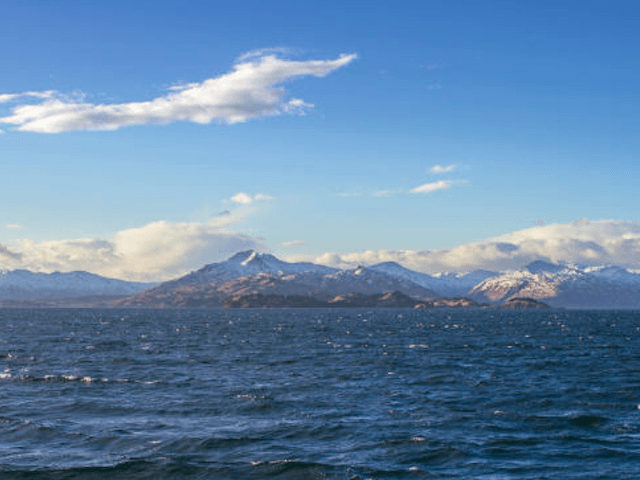Nobody quite knows how, but Alaska’s House of Representatives continues to hold the line against a plan that would halve the annual payments the government makes to citizens and use the funds to close a growing state budget gap.
Alaska’s Future, a coalition of Chamber of Commerce types and trade unions led by GCI, the state’s dominant cable and telecom company, spent nearly $2 million in an all-fronts lobbying/influence effort. Alaska’s state senate approved the measure, 14-5. Its governor, Bill Walker twice called the House back into session to try to get to a yes vote.
But none of that could get the House to budge on the plan, which would have reduced the annual payment from oil and gas royalties the state provides to residents from about $2,000 to around $1,000.
So the governor took it upon himself and simply vetoed half the money the legislature appropriated for the permanent fund dividends, or PFDs as Alaskans call them, and capped this coming year’s PFD at $1,000 per person.
He then sought to apply that money – about $696 million – toward the budget deficit and made up the rest with money from a state savings fund. But it’s unclear this is legal, and lawsuits already have been filed to stop it. Even if it was found legal to veto that portion of the PFD, it also is not clear it is legal to transfer that money to the general fund, as the governor wants to do.
The focus in the 49th state is on what went wrong. The budget deficit, which some say actually may be as high as $3.8 billion, is real and growing and getting worse, they say. Alaska’s Future points out that about 90 percent of Alaska’s revenues come from oil, but those revenues have fallen significantly in recent years because both production and prices have fallen dramatically.
The state government has poured more than $50 billion into the Permanent Fund since oil began flowing through the Alaska Pipeline in the 1970s, and it’s time, say Alaska’s Future and others, to draw some out to meet immediate budget expenses.
But for now, the House won’t budge. Some say members are against reducing the PFD. Others say they want to hold the line on spending. But many continue to ask: How did GCI and its Alaska’s Future partners spend all that money, hire all those lobbyists, make all those six-figure ad buys and still not get the House to go along?
But perhaps that is not the question to ask. The question is why this solution in the first place? Alaska is the most dependent state in the country on government spending. The economy of its capital city, Juneau, is almost wholly dependent on a robust state government, one with more employees per capita than any other state.
Walker, GCI and Alaska’s Future argue the state’s livelihood depends on reducing the payment to residents, who can spend the money as they like, and increasing funding for government services.
“When the Alaska economy weakens, GCI, our employees, our customers, and all Alaskans suffer together,” wrote Greg Chapados, executive vice president and chief operating officer for GCI in an op-ed piece in the Juneau Empire newspaper. The decline in oil prices and oil-related economic activity, coupled with the associated cutback in the state of Alaska’s capital budget, threaten to push Alaska into a recession. The decisions the governor and the Alaska State Legislature make this year will have a profound impact on the economic outlook for the state.”
The governor says the economy must broaden beyond the energy sector, which is true, but that companies will be reluctant to move to Alaska if it funds only 80 percent of its state government needs and looks to those companies for the other 20 percent.
But let’s say I have a million bucks, and you need a few hundred to cover your rent this month. You really need rent covered, and a few hundred out of a million is no big deal. But what about next month? Or the month after? At some point, I’ll be out of money and you’ll still need help. What happens then? Shouldn’t you figure out how to make ends meet with existing resources now?
Because that’s what the governor is asking for here. He wants to remove what he considers an unnecessary restraint on state spending. He wants to do so because he believes the economic vitality of his state depends on a level of spending his constituents have said, through their representatives, they are unwilling to fund.
The truth is Alaska’s economy would be helped by reducing dependence on government, accepting the will of the House and leaving the Permanent Fund as just that – a permanent fund to ensure Alaska’s viability.
The House is standing against him for now, but GCI and its partners have vowed to be back. Will Alaska tackle its state spending problem? Or will it continue to kick the can down the road with gimmicks such as this?
“The success of our company, our 2,200 Alaska employees, and our state economy depends upon a sound fiscal plan,” said GCI spokesperson Heather Handyside.
It does depend on a sound fiscal plan, but that’s not what the governor and his friends at Alaska’s Future have proposed.

COMMENTS
Please let us know if you're having issues with commenting.